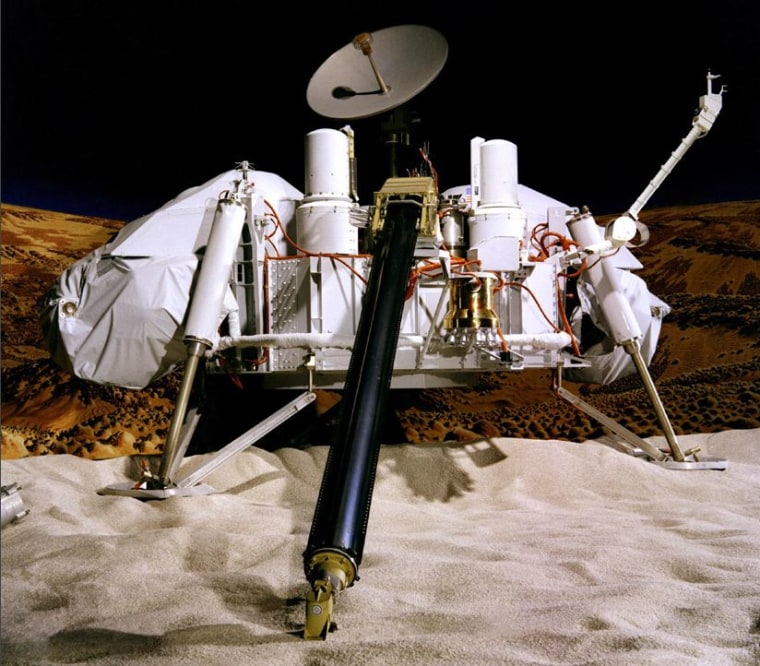More than 30 years after NASA's Viking landers found no evidence for organic materials on Mars, scientists say a new experiment on Mars-like soil shows Viking did, in fact, hit pay dirt.
The new study was prompted by the August 2008 discovery of powerful oxygen-busting compounds known as perchlorates at the landing site of another Mars probe called Phoenix.
Scientists repeated a key Viking experiment using perchlorate-enhanced soil from Chile's Atacama Desert, which is considered one of the driest and most Marslike places on Earth, and found telltale fingerprints of combusted organics — the same chemicals Viking scientists dismissed as contaminants from Earth.
"Contrary to 30 years of perceived wisdom, Viking did detect organic materials on Mars," planetary scientist Christopher McKay, with NASA's Ames Research Center in California, told Discovery News. "It's like a 30-year-old cold case suddenly solved with new facts."
"If the Viking team had said 'Well, maybe there's perchlorate in the soil,' everybody would have said they're crazy — why would there be perchlorates in the soil? It was only by having it pushed on us by Phoenix where we had no alternative but to conclude that there was perchlorate in the soil. … Once you realize it's there, then everything makes sense," McKay added.
The Viking team's verdict that Mars lacked organics was the linchpin argument against another Viking experiment that looked for signs of microbial life. In the experiment, a bit of nutrient-laced water was added to a sample of Martian soil.
The air above the soil was then monitored for signs that the nutrients had been metabolized. The instrument detected tracer gases the first time the experiment was done, but subsequent runs did not. The results were considered inconclusive and remain contested.
New evidence for organics on Mars does not mean Viking found life, cautions McKay.
"Finding organics is not evidence of life or evidence of past life. It's just evidence for organics," he said.
But if NASA had realized there were organics on Mars, there might not have been a 20-year hiatus in sending landers for follow-up studies, said Rafael Navarro-González, with the Institute of Nuclear Science at the National Autonomous University in Mexico.
"We might have had continuing missions," Navarro-González told Discovery News.
NASA plans to launch a follow-up mission to look for organics on Mars in November.
The research appears in last month's Journal of Geophysical Research.
